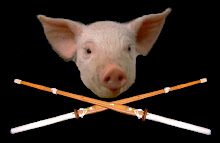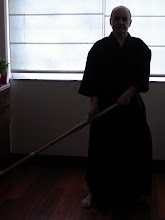 Every single Japanese has a family crest or kamon. Ka means house while mon means emblem.
Every single Japanese has a family crest or kamon. Ka means house while mon means emblem.
And the kinds or motifs are more than 5000. For example, the crossing pair
of hawk (chigai takanoha) is a famous one and commonly used while the motif of
three hollyhock leaves was used for Tokugawa shogun back in the Edo period.
It can be found at temples, on some traditional items, and so on. There are actually
more such as three monkeys, crane crest, butterfly crest, etc.
When to use those emblems? You can find basically on the back of one’s kimono.
There is the emblem to show which family you are in. However, historically in civil
wars, those emblems were shown to distinguish individuals and/or specific clans. The emblems appeared on flags, tents, and equipment. Nowadays, such a tradition is
fading away. However, the family emblem reminds them of their own roots and belongingness.



